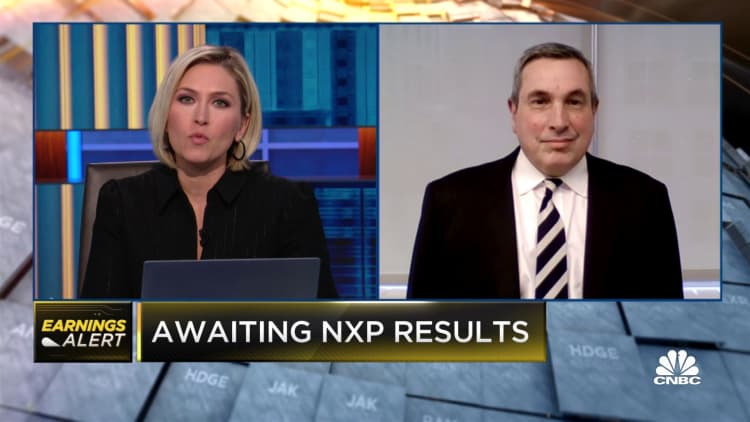
The world’s major central banks paused their interest rate hiking cycles in recent weeks and with data suggesting economies are softening, markets are turning their attention to the first round of cuts.
The U.S. Federal Reserve, European Central Bank and the Bank of England dramatically hiked rates over the last 18 months in a bid to tame runaway inflation.
The Fed on Wednesday held benchmark interest rates steady at a target range of 5.25%-5.5% for the second consecutive meeting after ending a string of 11 hikes in September.
Though Chairman Jerome Powell has been keen to reiterate that the Fed’s work on inflation is not yet done, the annual rise in the consumer price index came in at 3.7% in September, down from a pandemic-era peak of 9.1% in June 2022.
Yet despite Powell’s refusal to close the door on further increases in order to finish the job on inflation, markets interpreted the central bank’s tone as a slightly dovish pivot and rallied on the back of the decision.
The market is now narrowly pricing a first 25 basis point cut from the Fed on May 1, 2024, according to CME Group’s FedWatch tool, with 100 basis points of cuts now expected by the end of next year.
Since last week’s decision, U.S. nonfarm payrolls came in softer than expected for October, with job creation below trend, unemployment rising slightly and a further deceleration in wages. Although headline inflation remained unchanged at 3.7% annually from August to September, the core figure came down to 4.1%, having roughly halved over the last 12 months.
The first rate cut from the Fed won’t come until mid-next year, says Evercore ISI’s Julian Emanuel
“Core PCE, which is the Fed’s preferred inflation metric, is even lower at 2.5% (3-month, annualized),” noted analysts at DBRS Morningstar.
“The lagged effects of a cooler housing market should reinforce the disinflationary trend over the next few months.”
But despite the dovish data points, short-term U.S. Treasurys reversed course to sell off on Monday, which Deutsche Bank’s Jim Reid chalked up to investors beginning to “wonder if last week’s narrative about rate cuts was overdone.”
“The U.S. economy is also proving more resilient than the U.K. and euro zone,” he said.
“For instance, market pricing for the Fed now implies a 16% chance of another rate hike, up from 11% on Friday,” Reid said in an email Tuesday.
“Moreover, the rate priced in by the December 2024 meeting was up +12.4bps to 4.47%. So there was a clear, albeit partial unwinding of last week’s moves.”
Reid also highlighted that this is the seventh time this cycle that markets have notably reacted on dovish speculation.
“Clearly rates aren’t going to keep going up forever, but on the previous 6 occasions we saw hopes for near-term rate cuts dashed every time. Note that we’ve still got above-target inflation in every G7 country,” he added.
